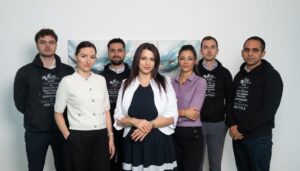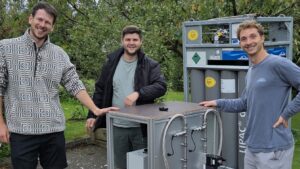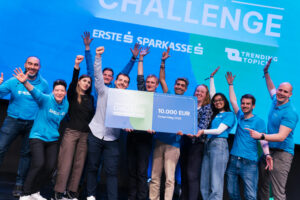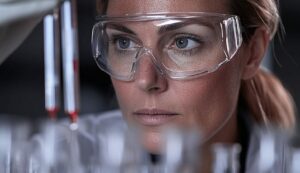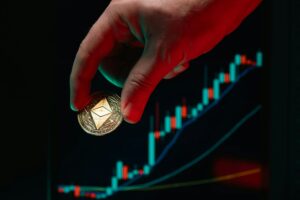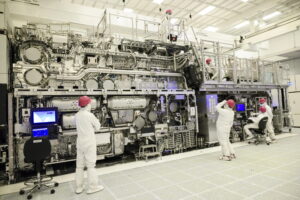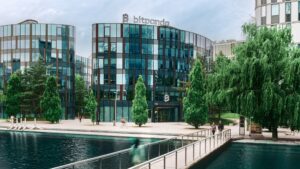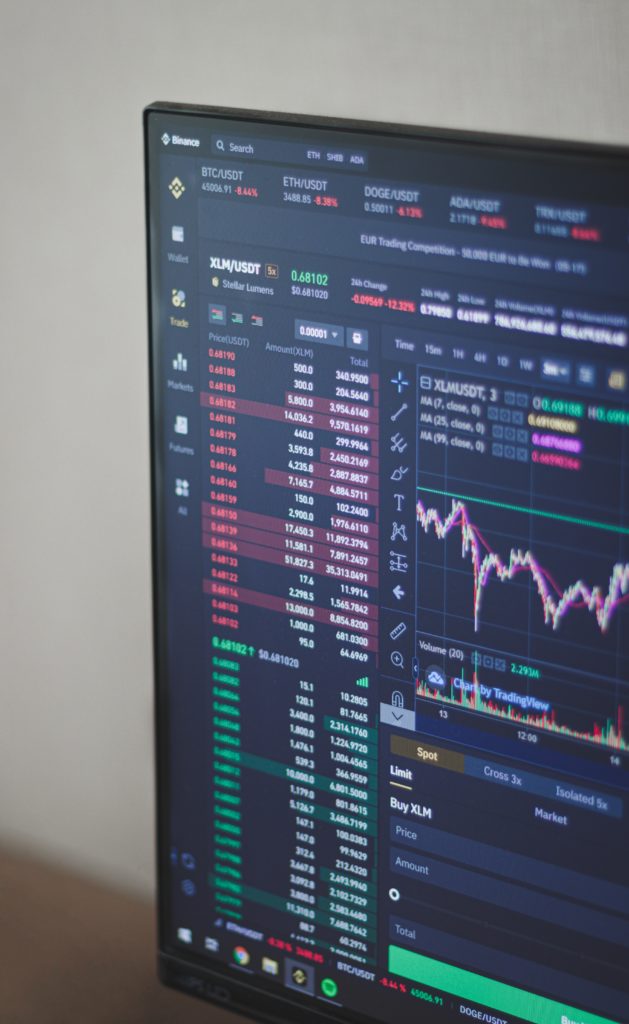Synthetic Kerosene is now produced from Water, CO2, and Solar Energy
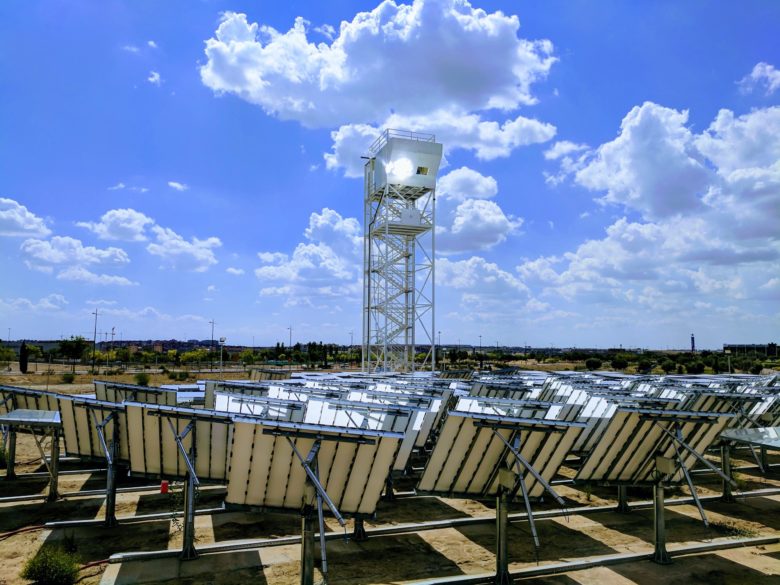
It is one of the big questions of the aircraft industry: How can flying become CO2-neutral? On the one hand, there is a way to build hydrogen aircraft, and on the other hand, to replace today’s paraffin with other fuels. In search of a solution to this problem, the Swiss startup Synhelion has specialized in producing synthetic ‘solar’ paraffin from only water, CO2, and solar energy.
In a new scientific paper, the team around ETH Zurich professor Aldo Steinfeld now reports on the successful production of solar paraffin outside the laboratory. “We are the first to demonstrate the entire thermochemical process chain from water and CO2 to paraffin in a fully integrated solar tower system,” Steinfeld said.
The process works like this: A field of 169 mirrors aligned with the position of the sun reflects the sun’s rays to a focal point where process heat of between 1,000 and 1,500 degrees of process heat is generated – and this in turn is used to produce the man-made fuel.
The research project is part of the SUN-to-LIQUID initiative of the European Climate, Infrastructure and Environment Executive Agency (CINEA). The goal is to produce fuels that can be used in the existing globally available infrastructure (i.e. aircraft, tankers, etc.).
Dronamics grabs award for „Sustainable Drone Technology Company“
In the future, CO2 from carbon capture will be used
“The concentrated solar energy then drives oxidation-reduction (redox) reaction cycles in the solar reactor, which contains a porous structure made of cerium oxide. The ceria – which is not consumed but can be used again and again – converts water and CO2 injected into the reactor into syngas, a mixture of hydrogen and carbon monoxide. The syngas is then sent to a gas-to-liquid converter, where it is eventually processed into liquid hydrocarbon fuels such as paraffin and diesel,” the process is described.
Meanwhile, one of the solar power plants has been located in sunny Spain since 2017, at the IMDEA Energy Institute. “The amount of CO2 released when paraffin is burned in a jet engine is equal to the amount consumed in the solar plant during production,” says Steinfeld. “That makes the fuel CO2 neutral, especially if – hopefully in the not too distant future – we use CO2 captured directly from the air as an ingredient.” Currently, CO2 is still obtained from other sources, as carbon dioxide produced by carbon capture plants is still too expensive.
Now, for the first time, it has been possible to operate the plant with a setup that is relevant for industrial implementation. However, the energy yield is still low. The energy efficiency of the solar reactor was last at 4%. Steinfeld’s team hopes that improvements to the plant will bring efficiency up to 15%.




